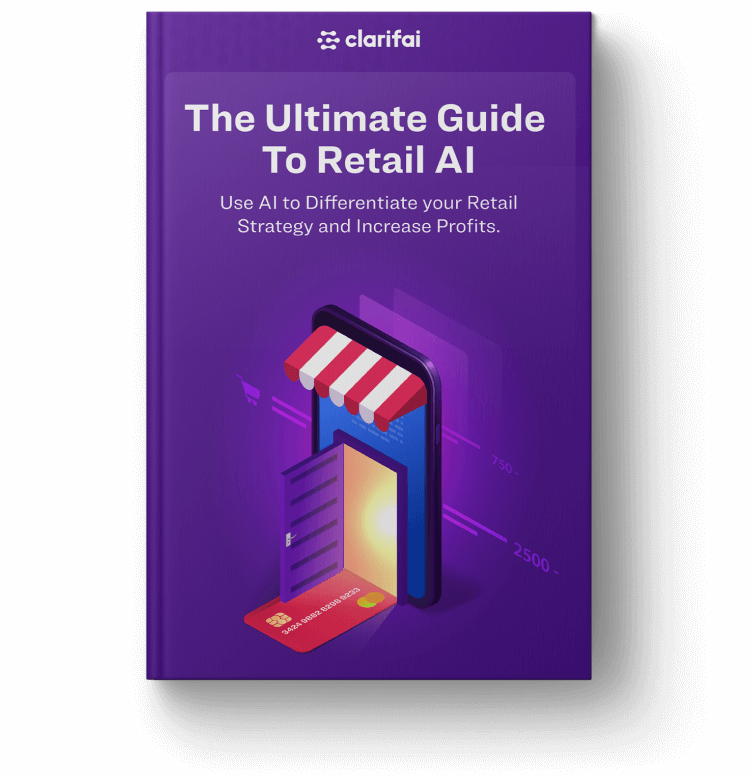What is Predictive Pricing?
Predictive pricing is a pricing strategy that uses artificial intelligence (AI) to optimize product pricing based on market demand and competition. It involves using data analytics and machine learning algorithms to analyze market trends and consumer behavior, and then using this information to set prices that are likely to maximize profits.
One of the main benefits of predictive pricing is that it allows businesses to be more reactive to market conditions. By using AI to continuously monitor and analyze market data, businesses can quickly adjust their prices in response to changes in demand or competition. This can help them stay ahead of the curve and remain competitive in a rapidly changing market.
Predictive pricing using AI can potentially benefit businesses in a wide range of industries. However, some industries may stand to benefit more than others due to the nature of their products or the competitive landscape in which they operate. Some industries that may particularly benefit from predictive pricing using AI include:
- E-commerce: E-commerce businesses often face intense competition and may benefit from the ability to accurately predict customer demand and optimize prices in real-time.
- Hospitality: Hotels, airlines, and other hospitality businesses often have variable pricing based on demand, and may benefit from the use of AI to optimize prices based on a variety of factors such as location, seasonality, and customer preferences.
- Manufacturing: Manufacturing businesses that operate in highly competitive markets or have thin margins may benefit from the ability to optimize prices based on production costs and supply chain efficiency.
- Retail: Retail businesses may benefit from the use of AI to optimize prices based on customer demand and competitor pricing, particularly in highly competitive markets.
- Wholesale: Wholesale businesses that sell large volumes of products may benefit from the use of AI to optimize prices based on market demand and competitor pricing.
Any industry in which prices are highly competitive or are subject to significant fluctuations in demand may benefit from the use of AI for predictive pricing.
Retail Focus:
In this post, we’re going to focus on the retail industry, as we have done before. Factors affecting retail pricing include:
There are several factors that can affect retail pricing:
- Production costs: Retailers must consider the costs of producing the product, including materials, labor, and other expenses.
- Competition: Retailers may adjust their prices based on the prices of similar products being sold by competitors.
- Supply and demand: If there is high demand for a product and a limited supply, retailers may be able to charge a higher price. Conversely, if there is low demand and an excess of supply, retailers may need to lower their prices to attract buyers.
- Market conditions: Economic conditions, such as inflation and consumer spending, can affect retail prices.
- Distribution channels: The cost of distributing a product can impact the retail price, particularly if the product must be shipped long distances or handled through multiple intermediaries./li>
- Customer demand: Retailers may charge higher prices for products that are in high demand or that are perceived as being of higher quality.
- Promotions and discounts: Retailers may use promotions and discounts to attract customers and drive sales, which can temporarily lower the retail price of a product.
So what can AI do and how can it help?
Data Collection
One of the key drivers of predictive pricing is the availability of large amounts of data. With the proliferation of online shopping and e-commerce, businesses now have access to vast amounts of data on consumer behavior, including information on what products people are searching for, how much they are willing to pay, and what factors influence their purchasing decisions. By using AI to analyze this data, businesses can gain valuable insights into consumer preferences and demand patterns, and use this information to set prices that are more likely to be successful.
There are several issues that can arise when collecting data when selling retail products, some of which include:
- Privacy concerns: Customers may be hesitant to provide personal information, such as their name, email address, or location, due to concerns about their privacy.
- Inaccurate or incomplete data: The data collected may be inaccurate or incomplete due to errors made by the customer or by the person collecting the data.
- Lack of standardization: Different retailers may collect data in different ways, making it difficult to compare data across different stores or analyze trends over time.
- Data security: Retailers must ensure that the data they collect is secure and protected from unauthorized access or misuse.
- Cost: Collecting data can be time-consuming and resource-intensive, and may require the use of specialized software or hardware. This can increase the cost of doing business for retailers.
Upselling
Predictive pricing can also be used to identify opportunities for cross-selling and upselling. For example, if a business is selling a product that is frequently purchased alongside another product, it may be able to increase profits by bundling the two products together and offering them at a discounted price. Similarly, if a business is selling a product that is often purchased as an upgrade to another product, it may be able to increase profits by offering the upgrade at a higher price.
AI can analyze customer data and past sales trends to predict future customer behavior and identify opportunities for upselling. For example, AI can analyze data on customer demographics, purchase history, and website interactions to identify patterns and predict which products a customer is most likely to buy.
As well, AI can analyze real-time data on market conditions, customer demand, and competitor pricing to adjust the prices of products in real-time. This can help retailers upsell by offering special deals or discounts on certain products to drive sales.
Retailers can also use chatbots and virtual assistants powered by AI to engage with customers in real-time and provide personalized product recommendations or answers to questions. This can help retailers upsell by providing customers with information about products they may be interested in. Virtual assistants powered by AI, such as Amazon's Alexa or Apple's Siri, can be used to provide personalized product recommendations and answer customer questions. This can help retailers upsell by providing customers with information about products they may be interested in.
Things to Consider
There are several key considerations that businesses should keep in mind when implementing a predictive pricing strategy. First and foremost, it is important to ensure that the AI algorithms being used are accurate and reliable. This requires careful testing and validation to ensure that the algorithms are making accurate predictions based on the available data.
In addition, it is important to ensure that the data being used to drive the predictive pricing algorithms is accurate and up-to-date. This may involve integrating multiple data sources, such as sales data, market data, and consumer behavior data, to get a comprehensive view of the market.
Another key consideration is the impact of predictive pricing on customer relationships. While it is important for businesses to optimize their pricing strategies to maximize profits, it is also important to ensure that customers feel that they are being treated fairly. This may involve setting prices that are in line with market trends and competition, but not excessively high.







